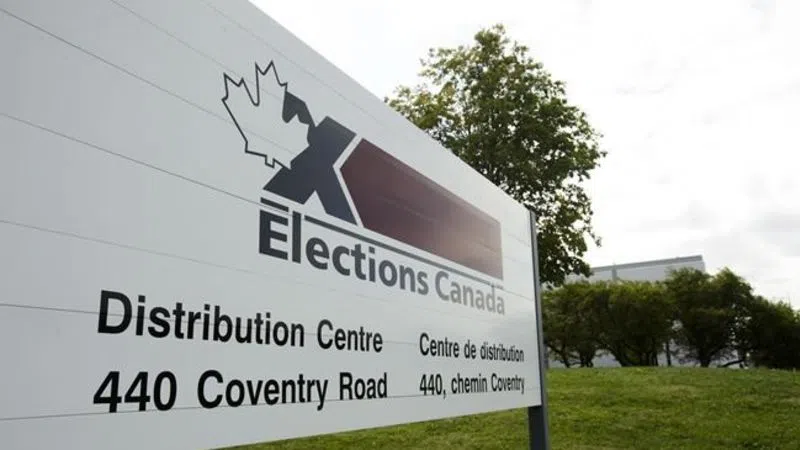
As third-party group count tops 2015 tally, five highlights of recent spending
OTTAWA — The number of groups registered as third-party advertisers in the federal election campaign has eclipsed 2015’s total, as 117 unions, non-profits, industry associations — and even some individuals — try to sway Canadians to their points of view.
The groups need to file a series of disclosures to Elections Canada once they hit certain spending thresholds, and a fresh wave of numbers are now appearing online. With some forms still to come, here are some key trends emerging in how groups are trying to reach voters:
Unions still on top
An earlier set of disclosures suggested unions would be the biggest third-party spenders on electioneering, and that trend has continued halfway through the campaign. Though Unifor has not declared much new spending to add to an earlier $1.3-million blitz, the United Steelworkers picked up the slack with about $144,000 in expenses since the campaign began on top of their $739,000 pre-election buys. The Canadian Federation of Nurses Unions entered the fray with about $410,000 in campaign ad expenses and the Public Service Alliance of Canada reported pre-election outlays of $160,000. In the campaign period, Quebec’s largest labour union spent $35,000, the Canadian Union of Public Employees spent around $27,000, and a union of correctional workers rounds out the union spending with a $38,000 outlay since June 30.

